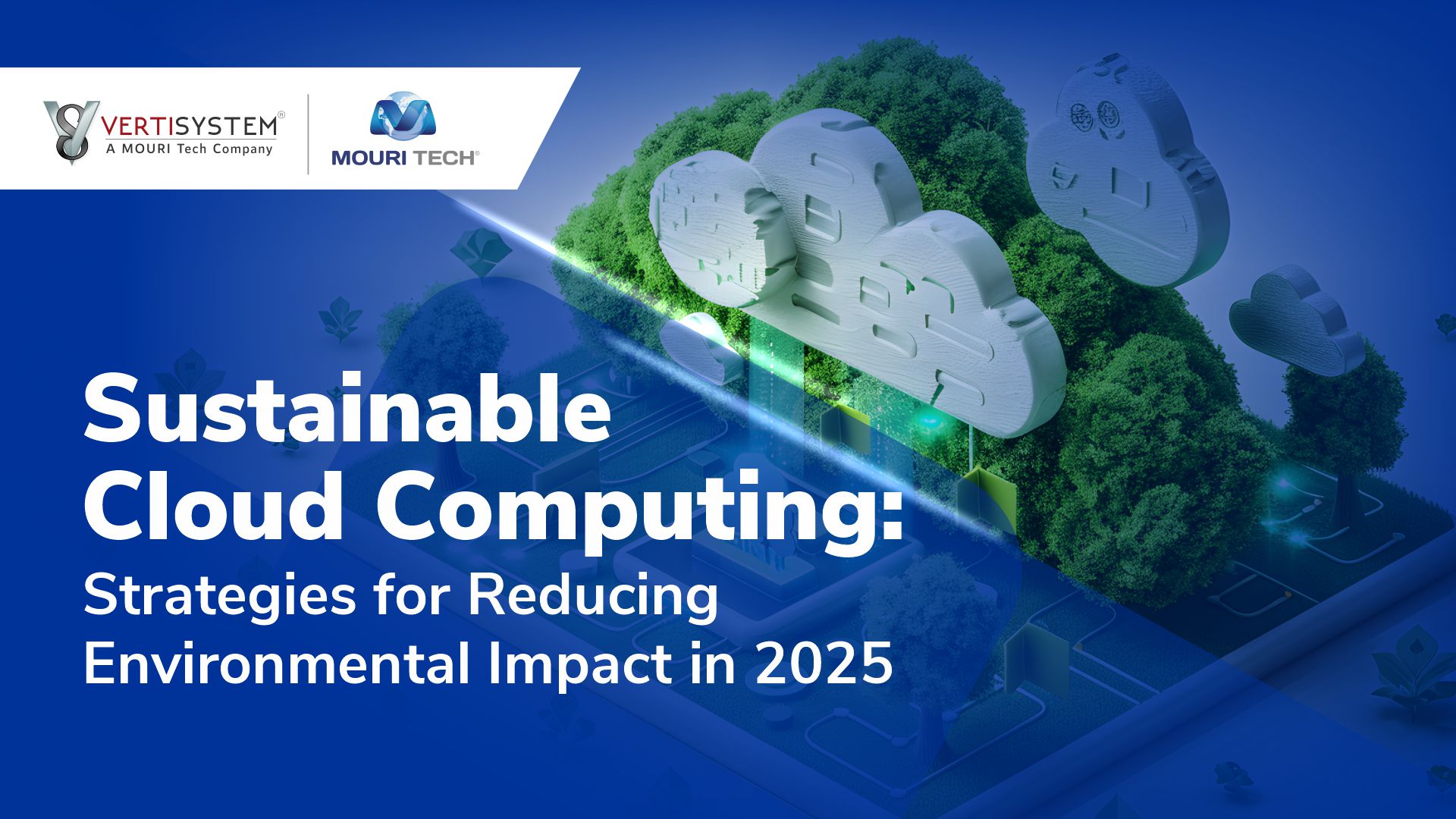In the digital era, cloud computing has revolutionized how businesses operate, offering scalability and flexibility. However, this advancement comes with environmental challenges, particularly concerning energy consumption and carbon emissions. As data centers expand to meet growing demands, adopting sustainable practices in cloud computing has become imperative.
The Environmental Impact of Cloud Computing
Data centers are the backbone of cloud services, yet they are significant energy consumers. In 2024, data centers accounted for approximately 1.5% of global electricity consumption, with projections indicating this could double by 2030 due to the proliferation of AI and other data-intensive applications. This surge not only increases operational costs but also amplifies the carbon footprint of the IT sector.
Strategies for Sustainable Cloud Computing
To mitigate environmental impacts, organizations can implement several strategies:
- Energy-Efficient Infrastructure: Designing data centers with energy efficiency in mind, such as utilizing modern hardware and optimizing power management, can significantly reduce energy consumption.
- Renewable Energy Integration: Transitioning to renewable energy sources like solar, wind, and hydroelectric power for data center operations decreases reliance on fossil fuels and lowers carbon emissions.
- Carbon-Aware Computing: Scheduling workloads based on energy availability to maximize the use of renewable energy contributes to more sustainable operations.
- Optimized Resource Utilization: Implementing practices such as auto-scaling and dynamic voltage and frequency scaling ensures resources are used efficiently, reducing idle compute power.
Commitments from Leading Cloud Providers
Major cloud service providers have set ambitious sustainability goals:
- Amazon Web Services (AWS): Aims to power operations with 100% renewable energy by 2025 and achieve net-zero carbon emissions by 2040.
- Microsoft Azure: Targets 100% renewable energy by 2025 and plans to be carbon-negative by 2030.
- Google Cloud: Currently operates on 100% renewable energy and strives for 24/7 carbon-free operations by 2030.
Vertisystem’s Role in Promoting Sustainable Cloud Solutions
At Vertisystem, we are committed to assisting organizations in adopting sustainable cloud practices:
- Sustainable Architecture Design: Crafting cloud infrastructures that prioritize energy efficiency and minimal environmental impact.
- Renewable Energy Transition Support: Guiding clients in integrating renewable energy sources into their cloud operations.
- Resource Optimization Services: Implementing strategies to enhance resource utilization, reducing waste and operational costs.
- Sustainability Monitoring Tools: Providing solutions to track and report on sustainability metrics, ensuring transparency and continuous improvement.
Embracing sustainable cloud computing is not only an environmental responsibility but also a strategic advantage. By implementing green strategies and partnering with experienced providers like Vertisystem, organizations can reduce their carbon footprint, comply with evolving regulations, and achieve long-term operational efficiency.
Get in touch to learn more.



